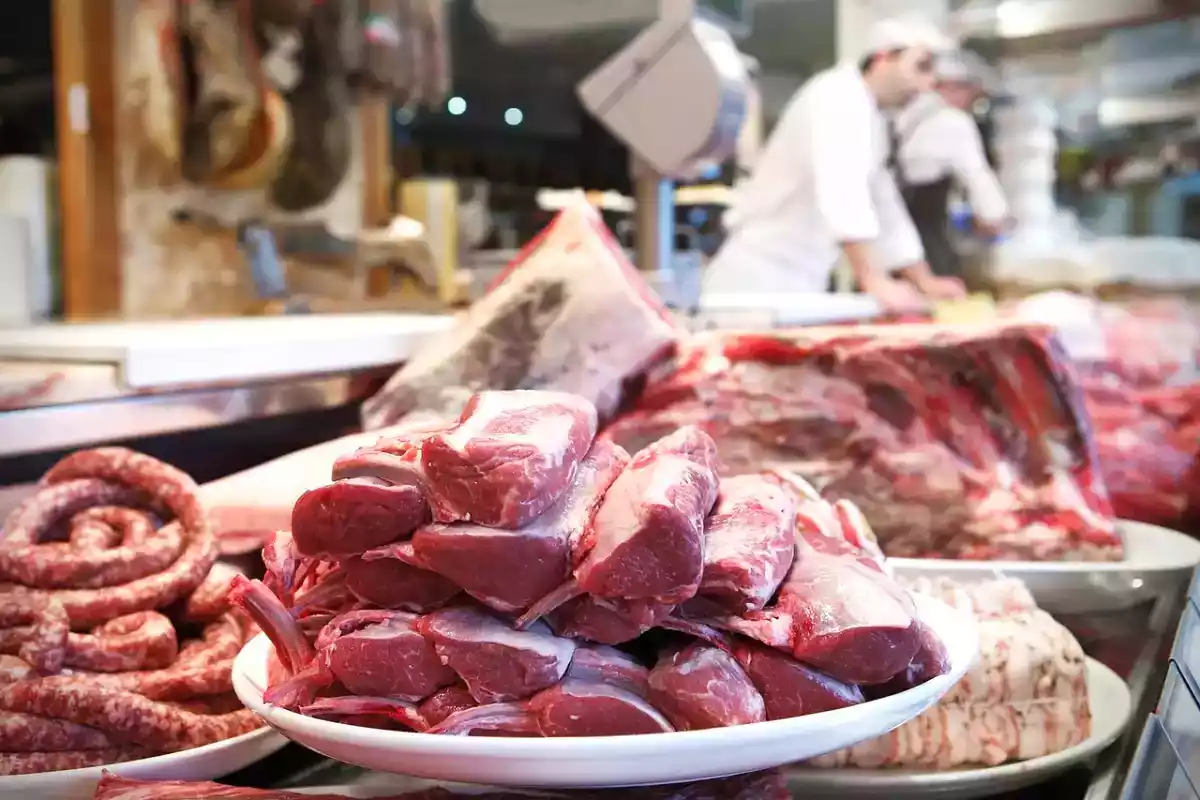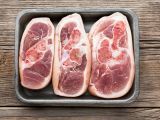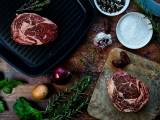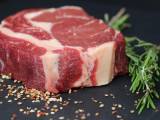Fattier meats vs. leaner meats: everything you need to know to choose your protein wisely

If you're looking to reduce your fat intake without sacrificing your protein intake, it's important to know the fat content of different meats. Good news: not all meats are created equal in terms of fat, and some options are much lighter than others. Here's a ranking of meats, from the fattiest to the least fatty, with tips for healthier choices without giving up the pleasure of eating meat ;-)
1. Duck (with skin)
Duck, especially with skin, is a veritable concentrate of flavor... and fat. A 100 g portion of duck with skin can contain up to 28 g of fat. So, even if duck confit is delicious, remember to remove the skin if you want to limit your fat intake.
2. Lamb
Lamb is a tasty meat, but some cuts are quite fatty, such as the leg or chops. A 100 g portion of lamb can contain between 17 and 23 g of fat, with cuts like breast topping the chart. For a lighter version, opt for leaner cuts such as shoulder.
3. Pork (chops and ribs)
Pork can be surprisingly varied. Ribs are among the fattiest cuts, containing between 15 and 18g of fat per 100g . If you love pork, consider the much leaner filet mignon.
4. Beef
Beef, particularly fatty cuts such as rib steak, is a meat with a wide range of fat content. Some cuts can contain between 10 and 20 g of fat per 100 g. For a lighter meal, turn to lean cuts such as fillet, rump or flank steak, which contain less than 5 to 10 g of fat.
5. Veal
Veal, often considered lighter than beef, can contain between 10 and 12 g of fat depending on the cut (like breast for example). However, lean cuts such as veal escalope are much lighter, with only 2 to 5 g of fat.
6. Pork (tenderloin)
Unlike ribs, tenderloin is one of the leanest cuts of pork. It contains an average of 4 to 6 g of fat per 100 g, yet remains tender and flavorful. A good option for a guilt-free treat!
7. Chicken (skinless)
Ah, chicken! Especially without the skin, it's a very lean meat. A skinless chicken breast contains only 2 to 4g of fat per 100g. The trick? Remove the skin before cooking to avoid doubling the fat content!
8. Turkey (skinless)
Like chicken, turkey is a very lean meat, especially if you choose the breast. On average, a 100 g serving contains 1 to 2 g of fat. Perfect for those looking for protein without excess fat.
9. Rabbit
Rabbit is often underestimated, but it's an excellent option for a light meal. With only 2 to 4 g of fat per 100 g, it's tender, tasty and full of good nutrients.
10. Horse
Horse meat is also lean and rich in iron. It contains an average of 2 to 5 g of fat per 100 g, and is an excellent option for varying your protein sources.
11. Game meat (roe deer, doe)
Finally, game meats such as venison or doe are among the leanest you can eat, with only 1 to 3g of fat per 100g. What's more, they're rich in essential nutrients and flavor.
You may be interested in:
 Adèle Peyches
Adèle Peyches


Comments